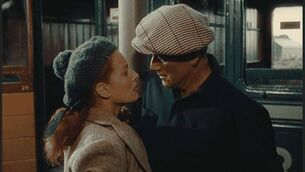Why are we afraid of the one thing that’s vital to our economic success?
I was willing to put up with all the friendly advice about how to find my way to Croke Park and how to ask for a pint of Guinness as gaeilge. But what really wasn’t bearable was that last-minute French try that stole what might have been an improbable victory.
We trooped home in silence, but I reflected afterwards that the singing at the start had really resounded around the stadium. I don’t think Amhrán na bhFiann and Ireland’s Call have ever been sung with more gusto or in greater unison.















